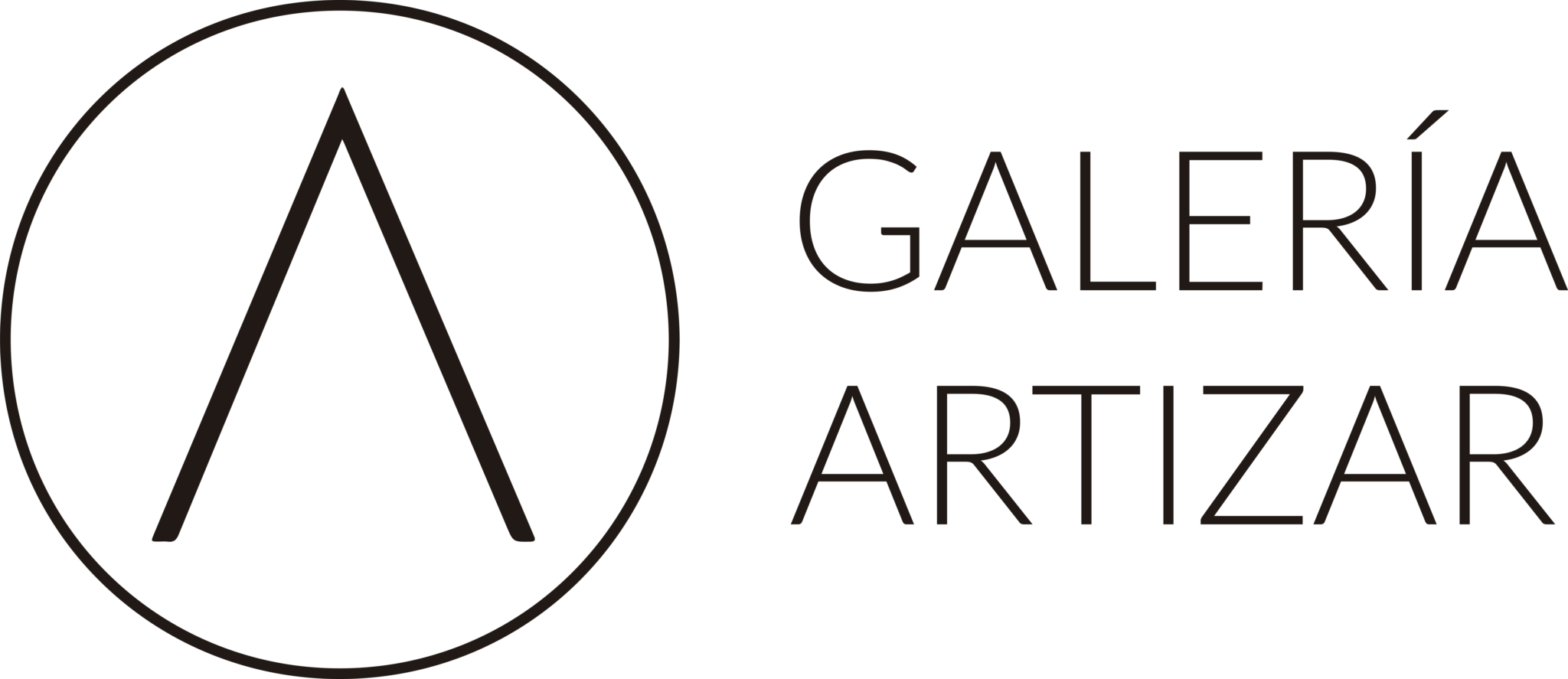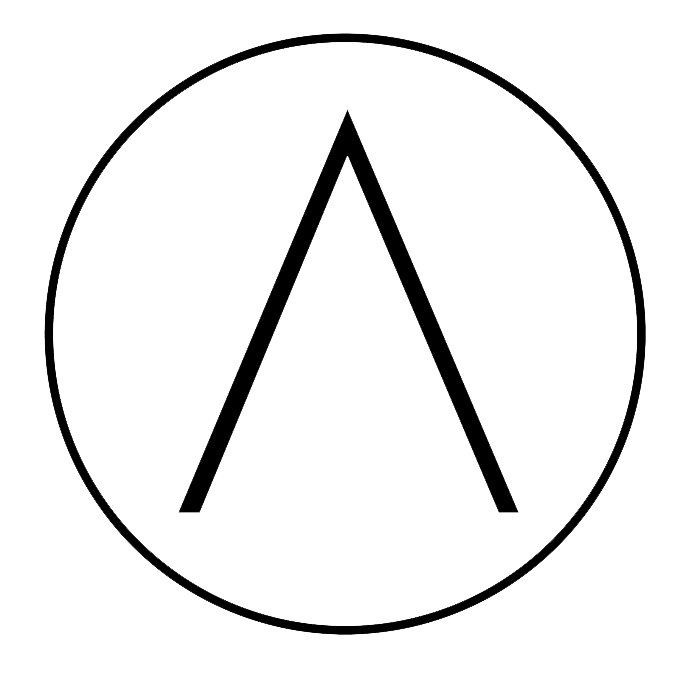PEDRO GONZÁLEZ
TENERIFE, 1927 – TENERIFE, 2016

Pedro González was born on January 1, 1927 in the house of Carta de Valle Guerra, La Laguna, Tenerife. At the age of twenty he moved to Madrid to study at the School of Engineers. During the years he spent in the Spanish capital, he was inspired by Baroque painting and by Velázquez who, from that moment on, became for González “the truth of painting”. Back to his native island, he studied Chemical Sciences at the University of La Laguna and Fine Arts in Santa Cruz de Tenerife with Pedro de Guezala, Mariano de Cossío and Álvaro Fariña.
In 1955 he emigrates to Venezuela, hired by the Venezuelan Ministry of Education, and teaches at the Lisandro Alvarado High School in Barquisimeto and, later, at the School of Applied Arts in Caracas. During his stay in Venezuela he was seduced by painting, attended numerous exhibitions and became friends with other artists such as Juan Ismael, Eduardo Gregorio, Francisco Borges Salas and Antonio Torres.
In 1961 he returns definitively to Tenerife, settles in La Laguna and begins his series Icerse. That same year he participates in the exhibition Testimony of Abstract Art. In those years a new pictorial stage of abstract tendencies is established, very influenced by informalism. In 1963 he founded, together with other artists -Miguel Tarquis, Vizcaya Carpenter, Enrique Lite- the group Nuestro Arte, a rebellious and nonconformist group of great transcendence in the insular artistic panorama. A year later he began his Cosmoarte series, one of the most extensive and prolonged in time (it lasted more than twenty years). Between 1965 and 1970 he participated in all the exhibitions of the group Nuestro Arte, which sought to bring a renewing and committed vision of art, which tried to get out of the well of statism in which many of the artists of the time were plunged. He also worked as an art critic and wrote some essays for the press.
In the eighties he ventured into politics and in 1983 he was elected mayor of the City Council of La Laguna. In 1988 he was awarded the Canary Islands Prize for Fine Arts and Interpretation. In addition, he exhibited his work at the Universal Exposition in Seville. Between 1983 and 1999 he was President of the Royal Academy of Fine Arts of the Canary Islands and two years later, in 2001, he was named Honorary Academician.
It is worth mentioning his pedagogical work, first as a professor of Art at the Escuela Superior and, later, at the Faculty of Fine Arts of the University of La Laguna, where he became Dean. He was considered a great teacher and source of inspiration for the new pictorial generations of the Canary Islands. He died on May 14, 2016 in La Laguna.


